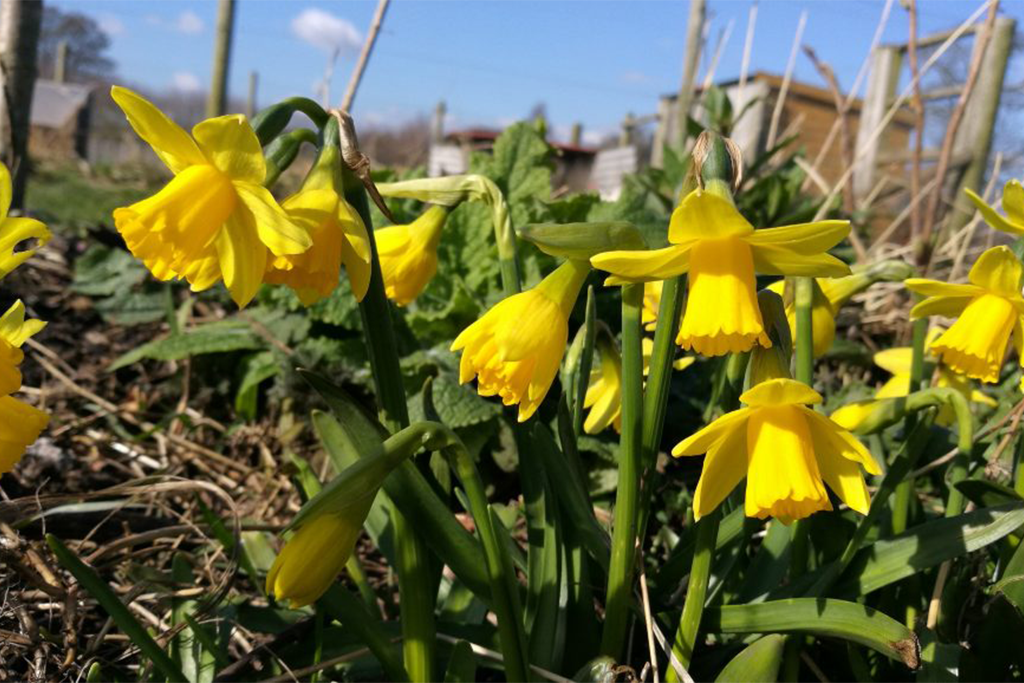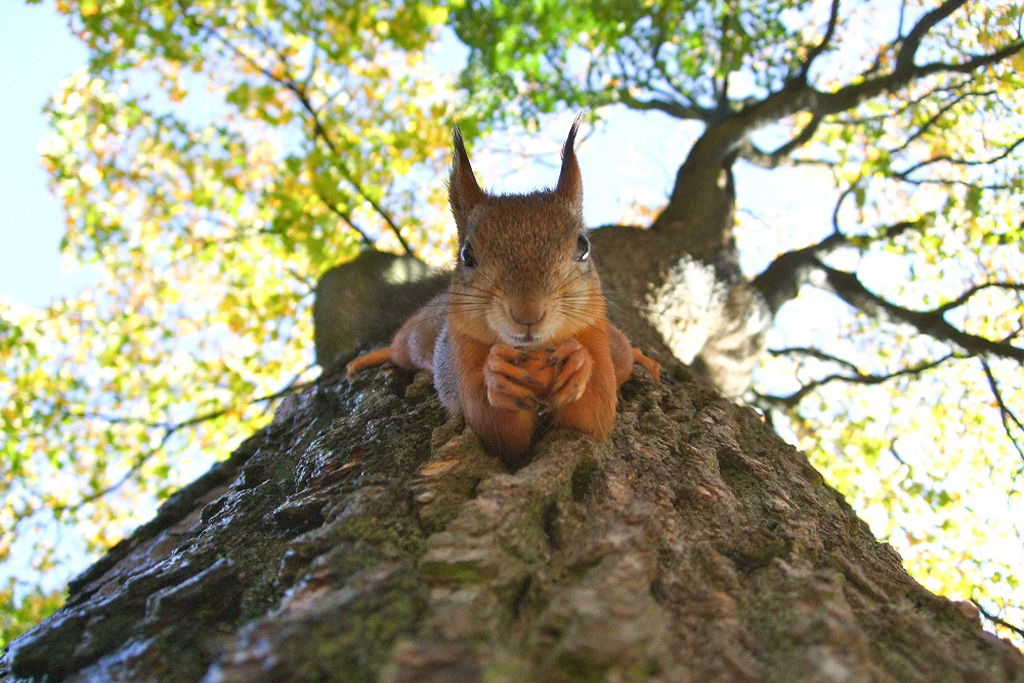Multisensory multispecies storytelling to engage disadvantaged groups in changing landscape
The project will use multispecies storytelling to engage disadvantaged groups in the north west in decision making processes about landscape and land use.
The project follows on from the successful ‘Connecting disadvantaged young people with landscape through arts’, ‘Stories2Connect’ and ‘Multispecies Storytelling: More than human narratives about landscape’ projects, all of which use storytelling in participatory ways.
Principal Investigator Claire Parkinson introduces the project in this short video
The project will use multispecies storytelling to develop multisensory artefacts about landscape that capture the voices of marginalised communities and disadvantaged groups and respond to a variety of different ways of making sense of the world. The multisensory artefacts and environments developed will use multispecies storytelling and, as well as visual aspects, may also employ, for example, sound, smell, space and touch to respond to the needs and understandings of a wide range of potential users, rather than prioritising traditional or limited sensory engagements with the world. Exhibition of these works will be accompanied by key events to which decision makers from stakeholder groups and those organisations with vested interests in landscape and land use will be invited.



Project partners
Blackpool Council, Burscough Community Farm, Chapel Gallery, Grundy Art Gallery, National Autistic Society, Natural England, Wildfowl and Wetland Trust Martin Mere Centre, Williamson Art Gallery, Rusland Horizons Trust
Project contacts
PI: Professor Claire Parkinson (Edge Hill University) claire.parkinson@edgehill.ac.uk
Co-I: Professor Brett Mills (University of East Anglia)
brett.mills@uea.ac.uk
Co-I: Professor Candice Satchwell (University of Central Lancashire)
csatchwell@uclan.ac.uk
